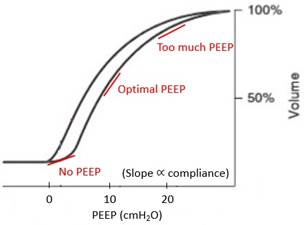Baroreceptors Reflex (Carotid Sinus Reflex)

This reflex results in regulation of blood pressure, especially if it is highly elevated or severely depressed; however, the reflex is usually elicited in systolic blood pressures over 150–170 mmHg; the other part of the reflex is not often seen when the systolic blood pressure is below 50–60 mmHg. However, in patients with underlying hypertension or atherosclerosis or in the elderly, the reflex thresholds might be altered, and at times, the reflex would not be seen partially or totally. The main receptors of this reflex are located in the walls of carotid arteries and aortic arch, and its sequence is as follows: • The circumferential and longitudinal stretch receptors are located in carotid sinus and aortic arch; increased blood pressure triggers these receptors leading to impulse firing. • The transport of impulse from carotid sinus is through the ninth cranial nerve and from the aortic arch through the tenth cranial nerve. • The impulses from these two locations are sent ...


